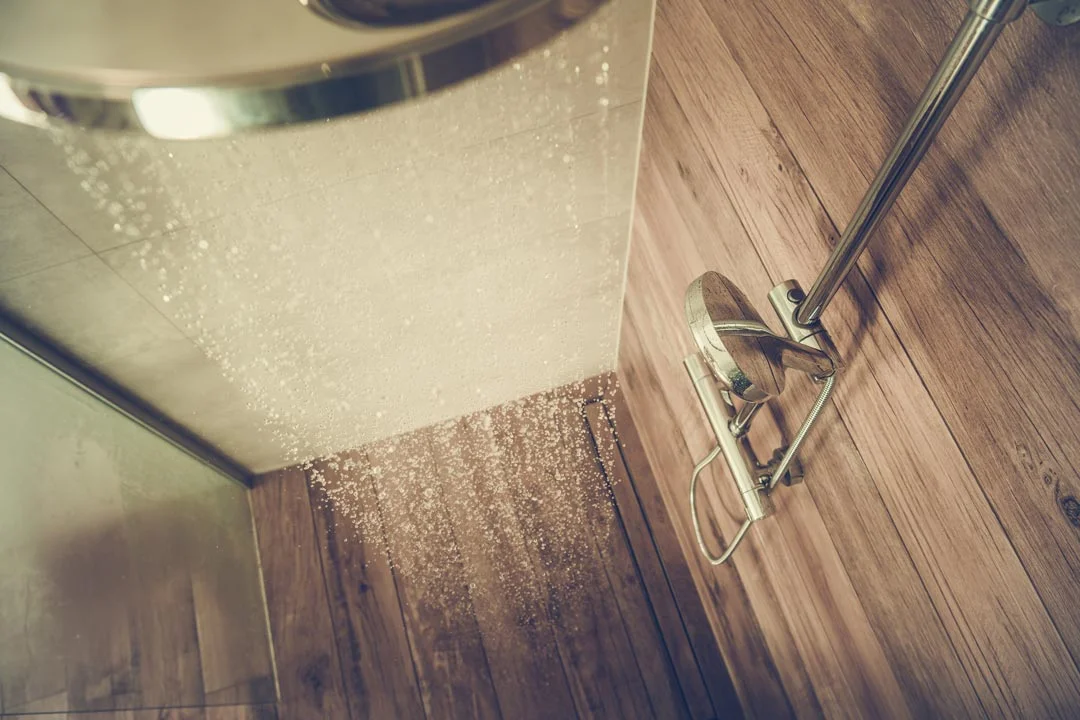Imagine this: you step into the shower, eagerly anticipating a warm cascade of water to wash away the day’s stresses, only to be greeted by an icy blast. Sound familiar? If you’ve ever experienced a delay in hot water delivery, you’re not alone. Understanding why it takes time for hot water to reach your faucet or showerhead can help you manage expectations and optimize your plumbing system for efficiency. So, let’s dive into the factors that influence how long it takes for hot water to come back.
1. Distance from Water Heater:
- The proximity of your plumbing fixtures to the water heater plays a significant role in how quickly you’ll receive hot water. The farther the distance, the longer it will take for hot water to travel through the pipes and reach its destination.
2. Pipe Insulation:
- Insulated pipes retain heat better than uninsulated ones, reducing heat loss during transit and accelerating hot water delivery. Homes with well-insulated plumbing systems typically experience shorter wait times for hot water.
3. Size of Water Heater:
- The capacity of your water heater determines how much hot water it can produce and store at any given time. A larger water heater can supply more hot water before needing to replenish its supply, resulting in shorter wait times.
4. Temperature Setting:
- Water heaters typically have a thermostat that controls the temperature of the water they produce. Higher temperature settings can expedite hot water delivery, as the water exiting the heater will be hotter and require less time to reach the desired temperature at the tap.
5. Flow Rate:
- The flow rate of your plumbing fixtures, such as faucets and showerheads, affects how quickly hot water is consumed and replaced by cold water. Fixtures with higher flow rates will deplete the hot water supply more rapidly, leading to longer wait times for hot water to return.
6. Recirculation Systems:
- Some homes are equipped with recirculation systems that continuously circulate hot water through the plumbing pipes, ensuring prompt delivery to all fixtures. These systems can significantly reduce wait times for hot water but may require additional installation and maintenance.
7. Water Heater Type:
- Different types of water heaters, such as tankless or on-demand heaters, heat water instantaneously as it flows through the unit. This eliminates the need for a storage tank and can provide hot water on demand, albeit with some delay as the water travels through the pipes.
In conclusion, the time it takes for hot water to come back depends on various factors, including the distance from the water heater, pipe insulation, water heater size, temperature setting, flow rate, presence of recirculation systems, and type of water heater. By considering these factors and optimizing your plumbing system accordingly, you can minimize wait times and enjoy a steady supply of hot water whenever you need it. If you’re experiencing unusually long delays or issues with hot water delivery, it may be worth consulting a professional plumber to assess your system and recommend any necessary adjustments or repairs.

